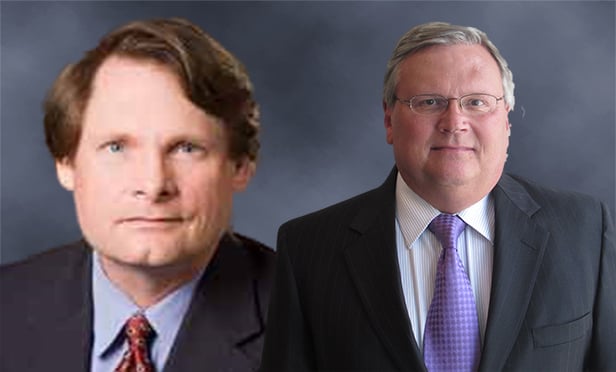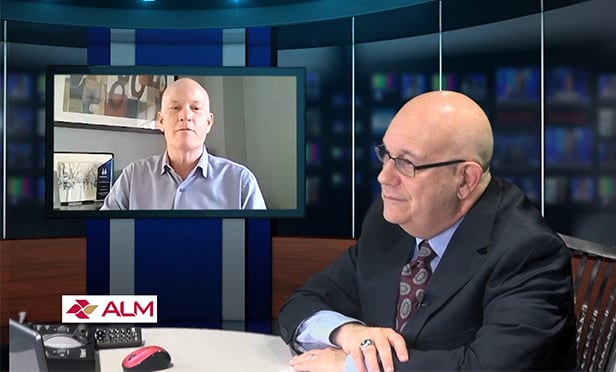Long considered the land of planes, ports and plants, South Bay, spurred by a plethora of new projects, green buildings and redevelopments, is carving its own identity between the upscale entertainment sector of West Los Angeles and the upscale tourism sector of Orange County. Though some redevelopments and lifestyle centers are heading in the same "upscale" direction as their neighbors to the north and south, many areas in South Bay have transportation, trade and green building on their minds.
Regardless of what direction a specific area's headed, one thing's for sure: no South Bay area appears to be stagnant. Almost anywhere you look, for-sale, for-lease, redevelopment or demolition signs dot the landscape.
All Land is Desirable
Recommended For You
Want to continue reading?
Become a Free ALM Digital Reader.
Once you are an ALM Digital Member, you’ll receive:
- Breaking commercial real estate news and analysis, on-site and via our newsletters and custom alerts
- Educational webcasts, white papers, and ebooks from industry thought leaders
- Critical coverage of the property casualty insurance and financial advisory markets on our other ALM sites, PropertyCasualty360 and ThinkAdvisor
Already have an account? Sign In Now
*May exclude premium content© 2025 ALM Global, LLC, All Rights Reserved. Request academic re-use from www.copyright.com. All other uses, submit a request to [email protected]. For more information visit Asset & Logo Licensing.








